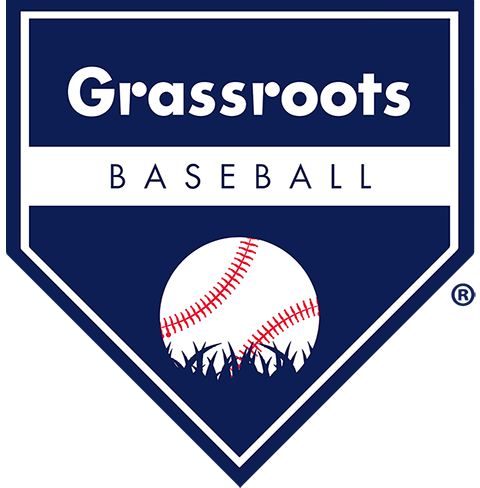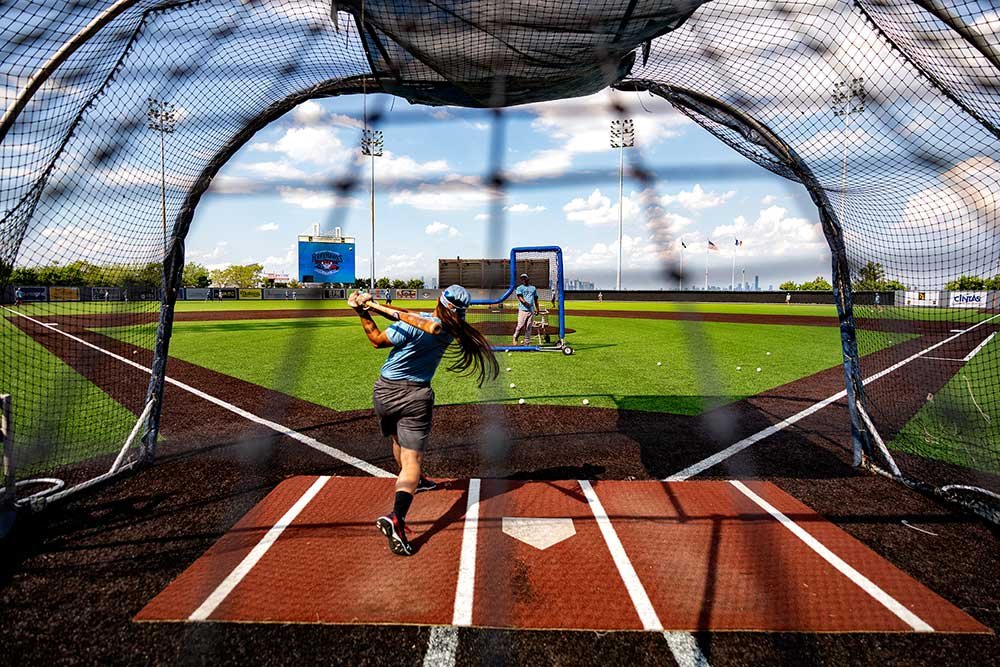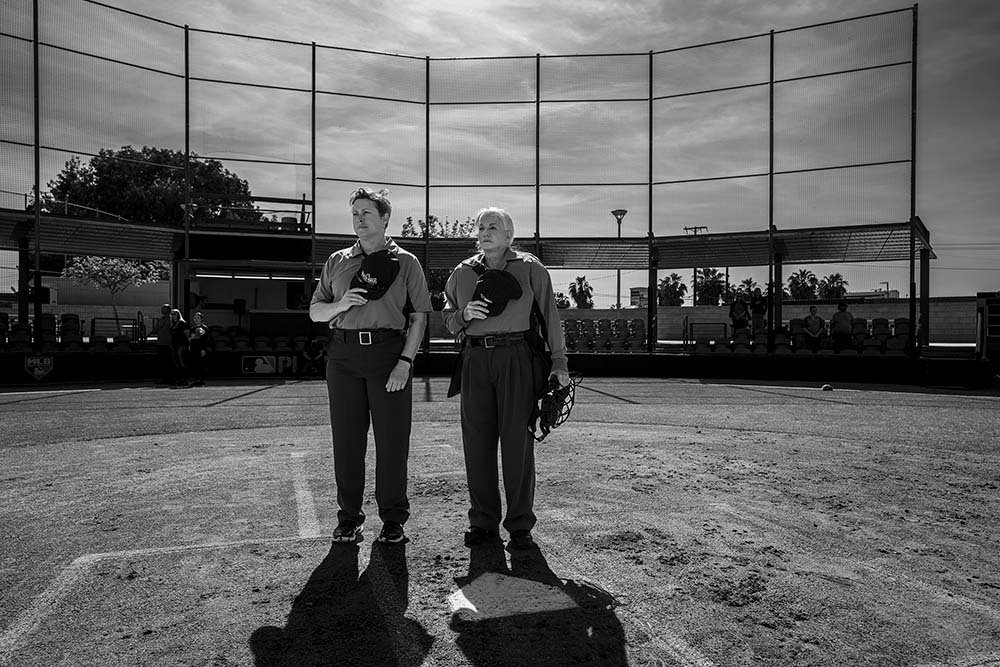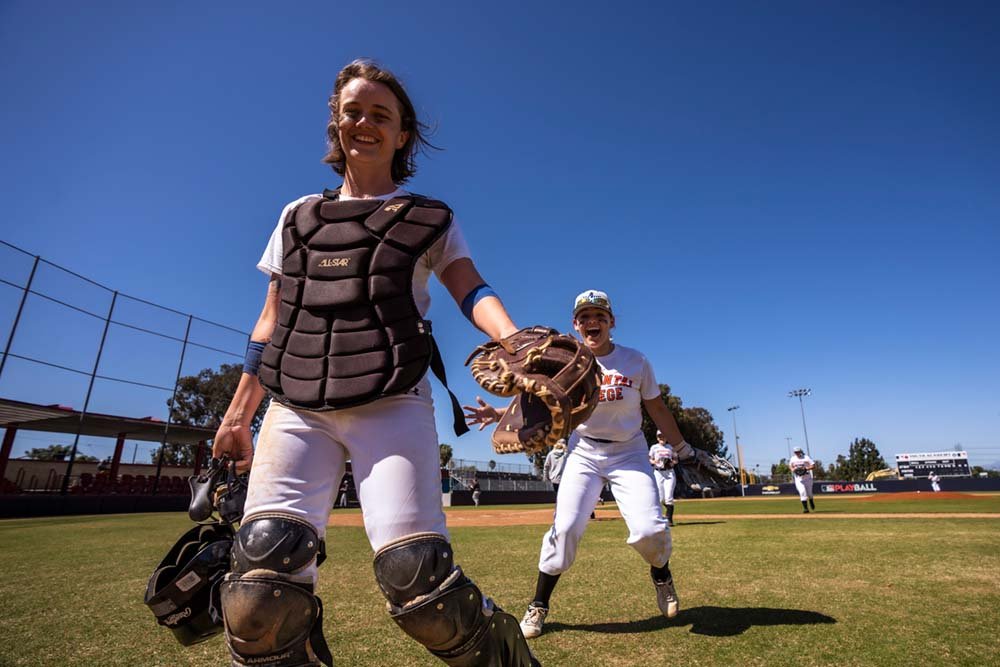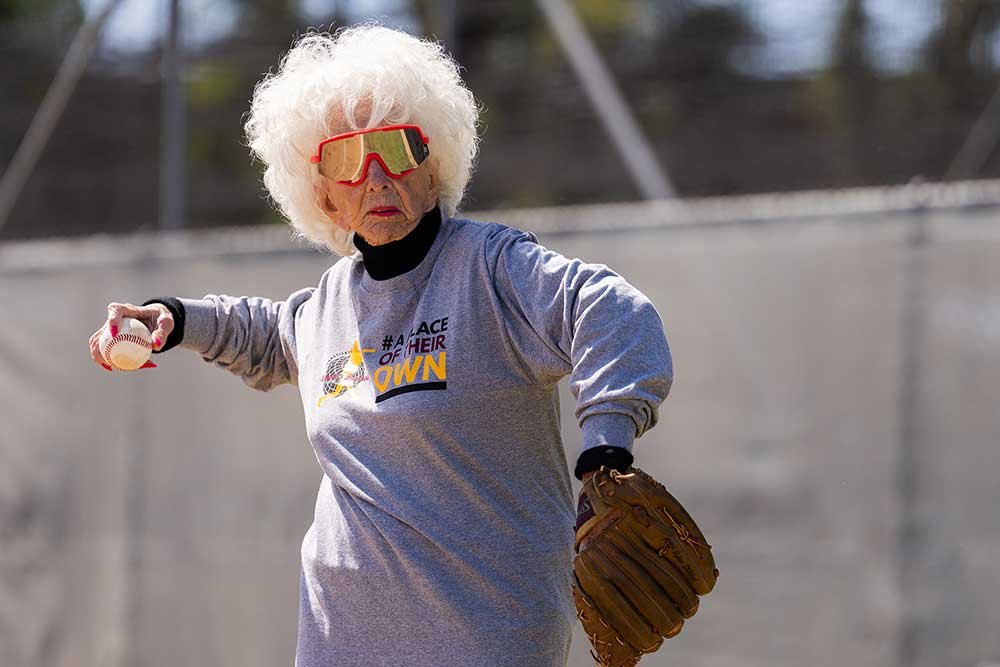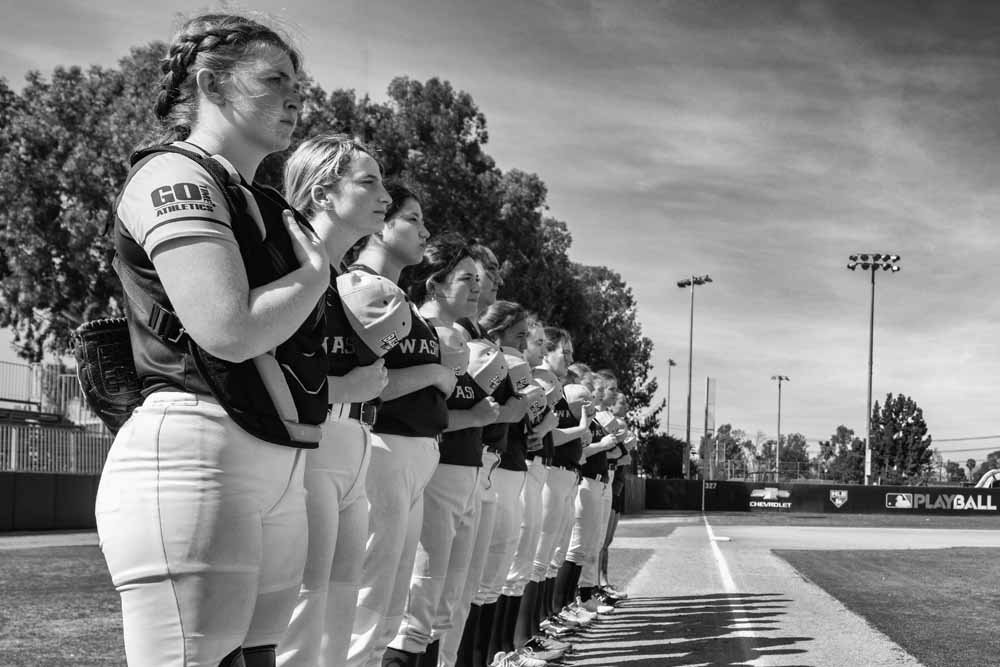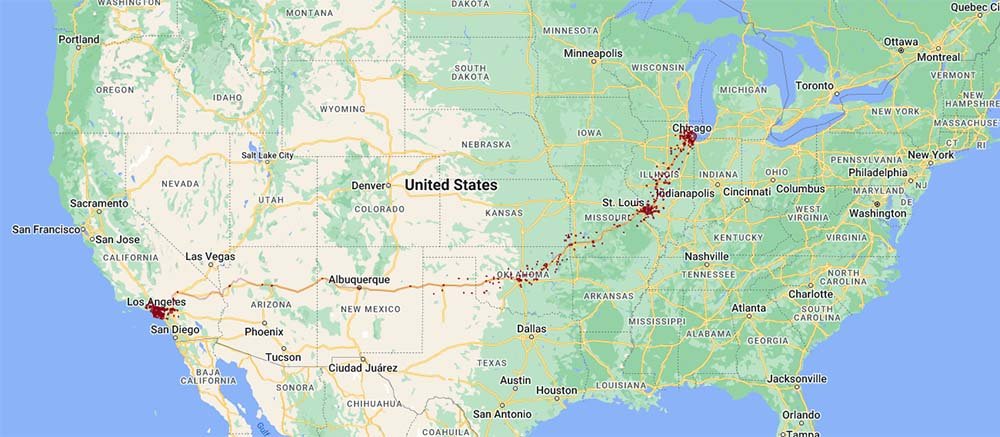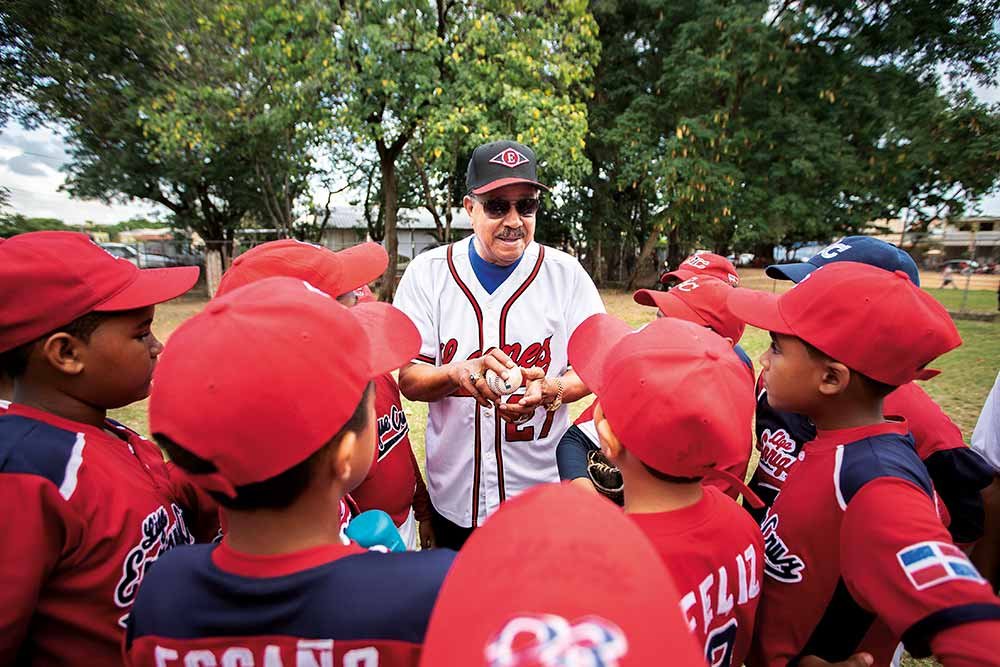Hall of Fame Know-How.
“You learn discipline, you learn time, you learn to say thank you, you learn manners you learn failure, you learn how to deal with failure because this, let’s face it, this is a sport of many failures, you learn success and how to balance failure to success. We want everyone to be a Hall of Famer. Not everyone can be, but we can each be a great teammate.” — Hall of Famer Jim Thome
“The beauty of the game is that it parallels life in many ways. I tell parents all the time that whether or not your kid makes it to the big leagues is irrelevant. It’s about the journey and what the game teaches you. Even if you don’t make the big leagues, you are going to be a better person with anything else you do, because of baseball.”
— Hall of Famer Goose Gossage
“Practice, practice, practice. By playing catch, fielding ground balls, and hitting, you will improve your skills.”
— Hall of Famer Rollie Fingers
“The importance of being part of a team, and showing up on time for practices and games. I learned that games were a team concept not something you did individually. By listening and learning from your coaches you get better with every practice and game.”
— Hall of Famer Jim Palmer
“The overall team effort determined the outcome of the game, not an individual performance.”
— Hall of Famer Nolan Ryan
